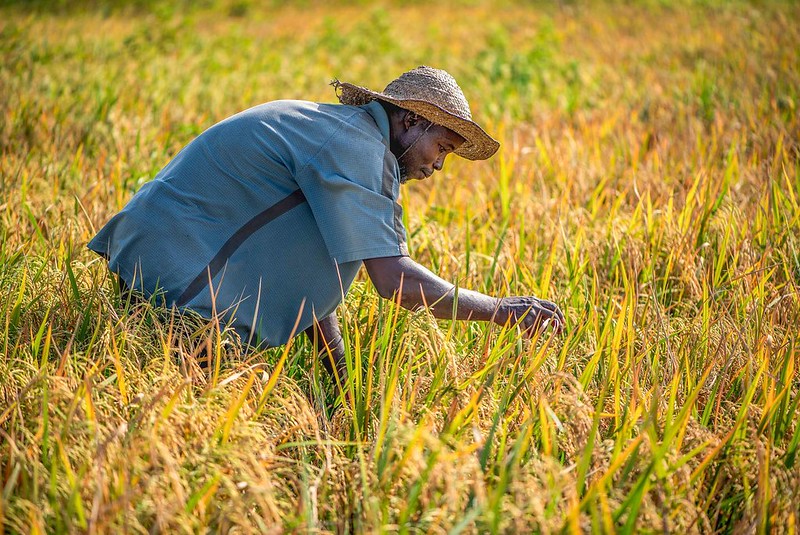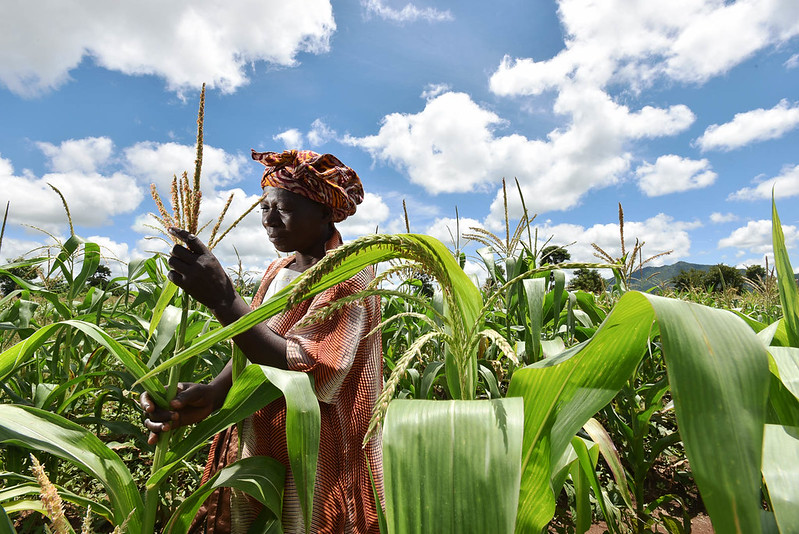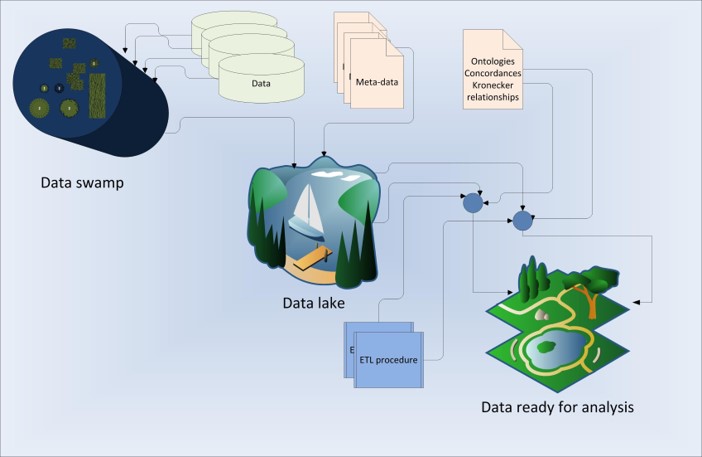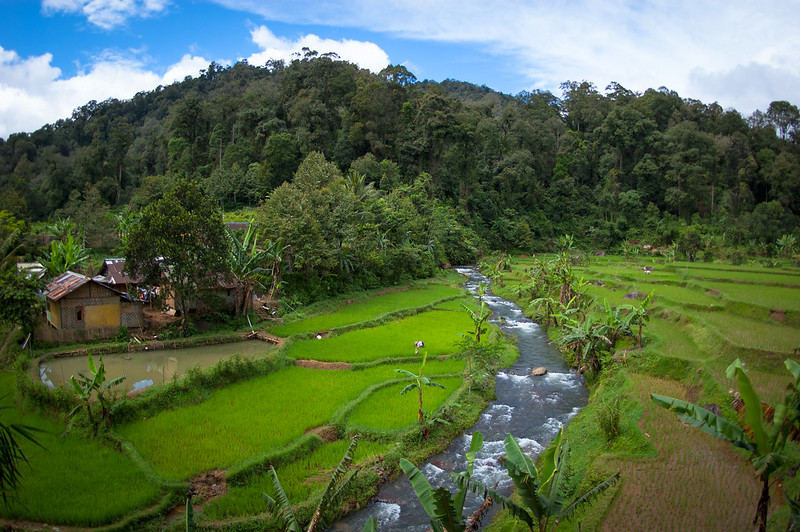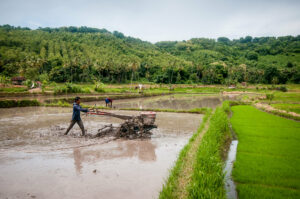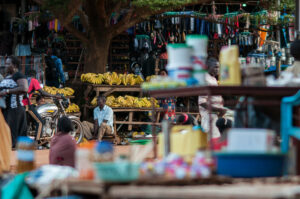Latest Posts
Testing a multi-scale scenario approach for smallholder tree plantations in Indonesia and Vietnam
Smallholder tree plantations are seen as promising routes to alleviating poverty and increasing forest area among the countries in Southeast Asia. However, implementation has been disappointing, which led scientists at the Center for International Forestry Research (CIFOR) to consider a scenario exercise as a way to mitigate the risk of…
Future carbon emissions from global mangrove forest loss
Mangroves have among the highest carbon densities of any tropical forest. These ‘blue carbon’ ecosystems can store large amounts of carbon for long periods, and their protection reduces greenhouse gas emissions and supports climate change mitigation. Incorporating mangroves into Nationally Determined Contributions to the Paris Agreement and their valuation on…
Agricultural growth and sex-disaggregated employment in Africa: Future perspectives under different investment scenarios
Literature is scanty on how public agricultural investments can help reducing the impact of future challenges such as climate change and population pressure on national economies. The objective of this study is to assess the medium and long-term effects of alternative agricultural research and development investment scenarios on male and…
Understanding the consequences of changes in the production frontiers for roots, tubers and bananas
The widely recognized role of roots, tubers and bananas (RT&Bs) in achieving food security and providing income opportunities in the world’s poorest regions will be challenged by socioeconomic and climate related drivers. These will affect demand and production patterns and increase pressure on farming systems. Foresight results presented in this…
Future Scenarios as a Tool for Collaboration in Forest Communities
“Forest devolution is meant to provide communities with greater decision-making power over the use and future of tropical forests. However, devolution policies have not always had the intended effect; in some cases they have caused or furthered the disenfranchisement of the poor, the creation of open access conditions, resource conflict…
Envisioning the future and learning from the past: adapting to a changing environment in northern Mali
In West Africa, rural livelihoods depending on natural resources develop coping and adapting strategies to face climate variability or change and economic or political changes. The former Lake Faguibine in northern Mali has experienced drastic ecological, social, and economic changes. Forests have emerged on the former lake and have become…
Guide for co-elaboration of scenarios: Building shared understanding and joint action for reform and security of forest tenure
The Center for International Forestry Research (CIFOR) initiated the GCS-Tenure project in Indonesia, Uganda and Peru conducted the study to analyze the relationships between statutory and customary land tenure and how these relationships affect tenure security of forest-dependent communities, including women and other marginalized groups. Using a global comparative approach…

